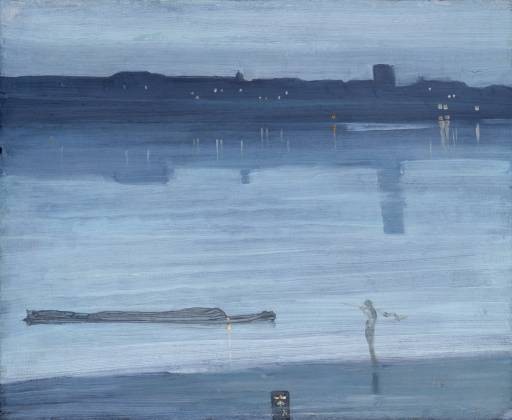Abstraction
29 Sep 2007 - 30 Apr 2008
Abstract is a term often used in art to describe artworks that may appear to be without a recognisable subject. It can refer to artworks that use forms that have no source at all in external reality. Or to forms that are 'abstracted' from the real world – based on subject matter found in reality but reduced in shape, line and colour to their simplest forms.
As it does not try to represent the material world, abstract art has often been seen as carrying a moral dimension, embodying such virtues as order, purity, simplicity and spirituality. Pioneers of abstract painting in the early twentieth century include Kandinsky, Malevich and Mondrian, while Naum Gabo was an early pioneer of abstract sculpture. Since then abstract art has been indistinguishable from what we now know as modern art.
Through a series of displays, this floor highlights key moments from the development of abstract art. Starting with the early decades of the twentieth century and experiments in Cubism and Expressionism, it explores the wide variety of work that constitutes Abstract Expressionism in the 1940s and 1950s, before looking at the expanded field of practice that has followed more recently.
The floor opens with Whistler's Nocturne in Blue and Silver – Chelsea 1871. As a precursor to the purely abstract, it bridges the gap between traditional, figurative art and a desire to focus on the abstract concerns of pattern, form and colour.
As it does not try to represent the material world, abstract art has often been seen as carrying a moral dimension, embodying such virtues as order, purity, simplicity and spirituality. Pioneers of abstract painting in the early twentieth century include Kandinsky, Malevich and Mondrian, while Naum Gabo was an early pioneer of abstract sculpture. Since then abstract art has been indistinguishable from what we now know as modern art.
Through a series of displays, this floor highlights key moments from the development of abstract art. Starting with the early decades of the twentieth century and experiments in Cubism and Expressionism, it explores the wide variety of work that constitutes Abstract Expressionism in the 1940s and 1950s, before looking at the expanded field of practice that has followed more recently.
The floor opens with Whistler's Nocturne in Blue and Silver – Chelsea 1871. As a precursor to the purely abstract, it bridges the gap between traditional, figurative art and a desire to focus on the abstract concerns of pattern, form and colour.

